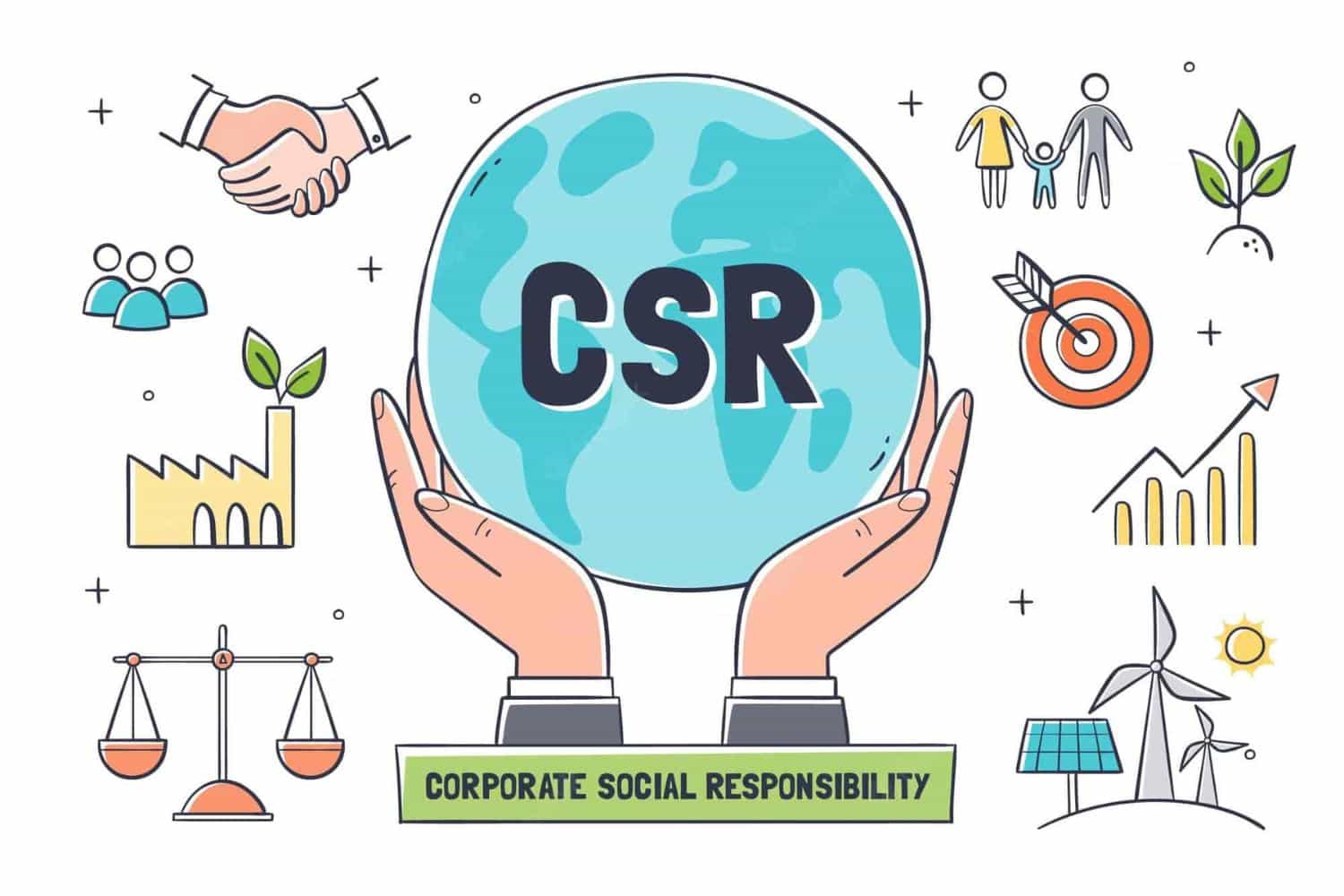Thanks to the Corporate Social Responsibility (CSR) law in India in 2013, many of the social development sector terminologies started to get space on the front page of the national dailies and in the board rooms of many corporates. Increasingly it is realised that for a long-term commitment to society and the environment, profit along with purpose is the new mantra.
With the entry of the corporate world into social development also came the two E’s, efficiency and effectiveness. What it means is that with CSR donations came in the measurement part! also followed is the timeline of execution. The NGO projects that were considered ‘unorganised’ till now started to get organised and each step was measured with data as evidence whether activity or the finances.
Not-for-profit organisations (also called as Implementing Agency in CSR parlance) and social development professionals have been working in this sector for many decades and are well versed with social / community development project definitions, processes, implementation strategies, and evaluation methodologies.
With the CSR advent, development professionals started hearing many HR/communication / IT professionals who are ‘managing’ the CSR spends of the corporate also using the terminologies such as outputs, outcomes, impact, sustainability, and lately ESG etc.
The question is do these new breed of development professionals who do not have a ‘rooting’ in social work/development projects use these terminologies in the right context and with the correct meaning? A keyword search and review of the annual reports of the CSR donors hardly says so.
The most spoken/used word in this sector is ‘Impact’. In most instances, the word Impact is used to denote the number of stakeholders (or beneficiaries) reached through project activities rather than on how the project activities have effected change in the lives of the stakeholders (or beneficiaries). Even the impact assessment studies also report the same! Oxford Learner Dictionary defines Impact as, “the powerful effect that something has on somebody/something”.
So, how can we bring this change?
Let us first start talking about project implementation design and not about fund utilization, which anyway will happen if the project implementation design is prepared and implemented well with due consideration to the risks and possible mitigation strategies.
Let us start talking about the log frame matrix, let us define the activities to be implemented in the project, the results or outputs that each of the activities will lead to, and on consistently doing these activities and getting results, the outcomes that we will achieve over a long run. A log frame matrix is a blueprint of any project implementation that defines these terms operationally before the initiation of the project. Thus, helps in tangibly measuring it.
Let us use the terms activities, output, and outcome more than the word Impact! Let us focus more on project activity monitoring than impact assessment. Rest assured that activity implemented in a time-bound and measurable way will produce desired outcomes and impact in the lives of the beneficiaries.

Lokesh Gujjarappa
Specialist, M&E and Process Excellence,
United Way Bengaluru





